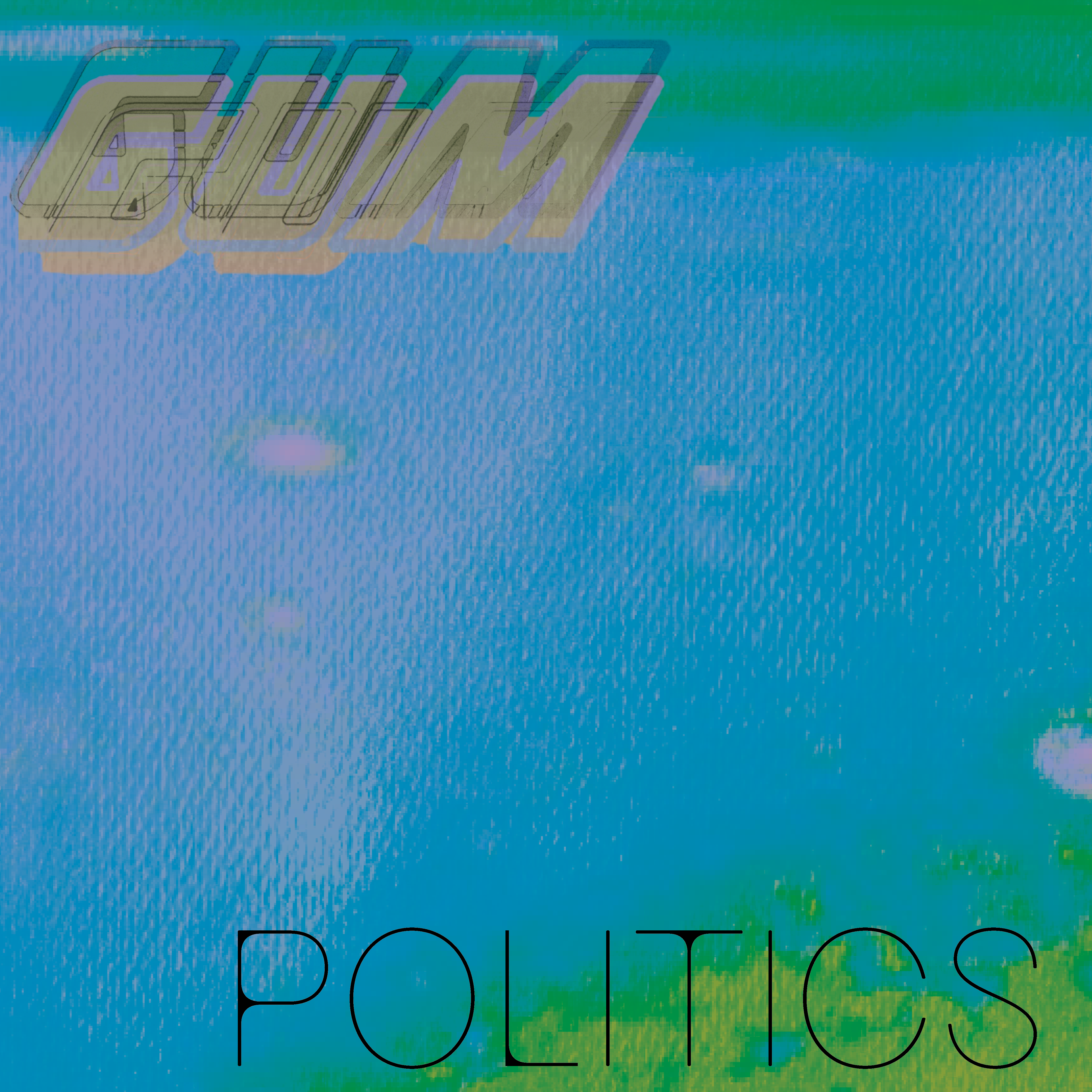Words: Lovis Jenkins (He/Him)
Identity is one of the most intimate and vulnerable descriptions of us. It is also one that we have to constantly communicate, put out there, and define. It enables us to categorise and communicate ideas of ourselves and others. This process can be as soul-searching and fulfilling as it can be pressuring and anxiety-inducing.
When a situation requires us to explain our roots, our emotions, and our reactions, we are called upon to define what and who we are. We are asked to define our identity by giving a freeze frame of what feels relevant about ourselves to the specific social situation we find ourselves in. Sometimes the pressure to identify one’s self can make us feel misunderstood or misrepresented.
Talks about identity sometimes evolve into heated discussions surrounding discrimination based on gender, sex, class, and culture. How can we gain a better understanding of what makes and shapes identity? How can we find ways to better communicate about identity, both our own and others? One way is to look at identity through the lens of intersectionality and to understand that identity is always relational, multi-layered, in constant fusion and fission.
What makes our identity? Our answers may be subject to change from moment to moment, from context to context. Identity is never fixed. It emerges in flux between our learnings, convictions, and thoughts about ourselves and the social space we are located in at any given moment. It reacts and relates to the learnings, convictions, and thoughts of the other people we share that space with.
These factors move together, pull on each other and build a social reality, specific to that juncture. In turn, any given identity is fused out of the different factors that bring by a moment of identification. Fusion is the basic mode of identity, and any identity is a fusion of multiple moving parts. Any identity has to go through this aggregate process of fusion and fission between reflection and reaction to emerge as a coherent concept. Out of these realisations of identity – what follows?
If every identity is multi-layered and has emergent qualities, it is crucial to have a way through which we can investigate them in more depth. A way to understand the interplay between different layers of identity and how they react to social circumstances. A way that enables us to have more meaningful and empowering conversations. This can be achieved by using some insights intersectionality offers to us.
Originating in black feminist theory, the concept of “intersectionality” has gained widespread and interdisciplinary use in and outside of academia. The concept was conceived by critical race theory scholar Kimberlé Crenshaw, to enable the mapping and demarginalization of overlapping forms of discrimination for people of marginalised communities, originally focusing on women of colour. Her work explores how fear of racial discrimination might keep black women from reporting domestic abuse, how economic concerns as well as the fear of deportation might deter a migrant worker from reporting on bad working conditions.
It was, however, always thought of as a form of analysis. An analytical lens more so than a fixed theory of power and social hierarchy. It therefore invites us to apply it to ever more contexts, to integrate it into our understanding of the world.
Intersectionality calls to not just analyse axes of oppression in isolation, but understand them in their interplay. Once we conceptualise identity as multi-layered and relational, we can apply it to our daily lives by practising active listening and questioning. Thinking about any identity in an intersectional way can lead us to discover the different coining factors that might have informed the identity of the person we are speaking to. For example, an Indian person could identify as simply Indian in a White-European context but then belong to a specific ethnic or religious minority within an Indian context, or could even be perceived as Western, by Indian standards. A white British person could identify as culturally mixed when having family from different Christian denominations within Britain.
Assuming intersectionality in every identity can help us have better conversations in any context. Every identity is the result of an ongoing process of fusion and fission. It is constantly redefined in relation to its surroundings. We have to open our ears and minds to uncover the intersectionality entailed in every identity, to gain a better understanding of the people that surround us. Fusion is an aggregate of identity and intersectionality that can serve as the magnifying glass through which we can investigate these processes of fusion in everyday conversation. So go on and ask instead of assume. Embrace simultaneity. Find diversity even in places you might not expect it!

